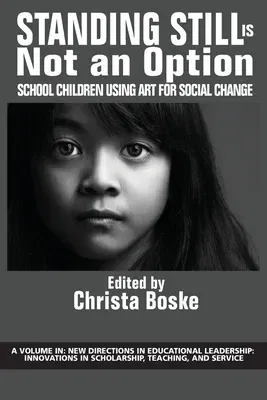This book captures the experiences of children in U.S. public schools
and how they utilize artmaking to disrupt injustices they face. These
first-time authors, who represent school children, parents, teachers,
and community leaders, focus on artmaking for social change. Their
first-tellings provide thought-provoking insights regarding the impact
of artmaking on their capacity to promote social justice-oriented work
in K-12 school communities.
As the U.S. continues to experience significant demographic shifts,
including increases of homeless children, children identified with
learning differences, thousands of refugees and immigrants, children
living in poverty, children in foster care, and increasing numbers of
Children of Color, those who work in schools will need to know how to
address disparities facing these underserved communities. These U.S.
demographic shifts and issues facing underserved populations provide
opportunities for children, teachers, families, and school leaders to
deepen their understanding regarding their experiences within their
communities and K-12 schools as well as ways to interrupt oppressive
practices and policies they face every day through art as social action.
Authors call upon decision-makers who serve children from
disenfranchised populations to utilize artmaking to create equal access
for children to explore social justice, equity, reflective practices,
and promote authentic social action and change through artmaking.
Authors reflect on this artmaking process as a catalyst for increasing
consciousness, creating imaginative possibilities, and facilitating
meaningful change in schools. Authors urge readers to create equal
access art spaces to build bridges among schools, families, and
communities. Together, they contend that artmaking promotes courageous
conversations and encourages the exploration of what it means to live
this significant work.


